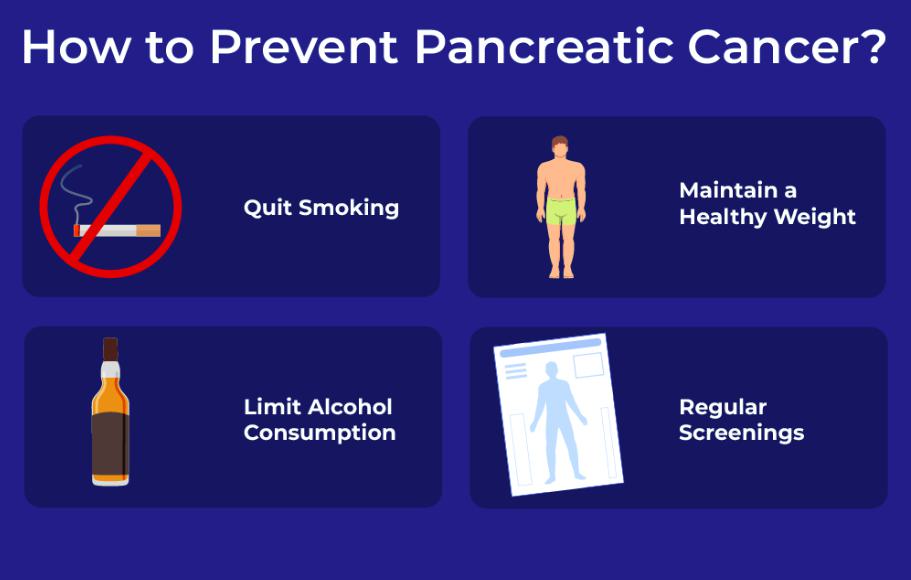Pancreatic cancer is one of the most challenging types of cancer to detect early, often because its symptoms appear subtly and progress silently. Learning how to diagnose pancreatic cancer plays a critical role in improving survival rates and treatment outcomes. With timely recognition and advanced diagnostic methods, patients can access the right care at the right time.
In this article, we will explore the definition, causes, early warning signs, and the most effective approaches to diagnosis. We will also cover treatment options, prevention strategies, and supportive care to give readers a comprehensive understanding of pancreatic cancer and what steps can be taken if diagnosis is suspected.
Definition and Overview
Pancreatic cancer is a malignant disease that begins in the tissues of the pancreas, an organ located behind the stomach responsible for producing enzymes and hormones. Most pancreatic cancers start in the cells lining the ducts of the pancreas, known as pancreatic ductal adenocarcinoma. Because the pancreas is hidden deep inside the body, early detection is often difficult. Understanding how to diagnose pancreatic cancer is vital for catching it before it spreads extensively.
Types
The main types of pancreatic cancer include:
- Exocrine tumors: The most common form, including adenocarcinoma.
- Endocrine tumors (neuroendocrine tumors): Rare cancers that start in hormone-producing cells.
- Cystic tumors: Can be benign or malignant, sometimes developing into cancer.
Each type requires a different diagnostic and treatment approach, making accurate identification critical.
Causes and Risk Factors
The exact cause of pancreatic cancer is still not fully understood, but several factors increase the risk, including:
- Family history of pancreatic or other cancers
- Chronic pancreatitis
- Smoking and heavy alcohol consumption
- Obesity and poor diet
- Genetic mutations such as BRCA1 and BRCA2
- Diabetes, particularly type 2
Understanding these risk factors helps doctors determine who may need earlier and more frequent diagnostic screening.
Symptoms and Early Warning Signs
One of the biggest challenges in how to diagnose pancreatic cancer is that early symptoms often mimic other conditions. Common warning signs include:
- Persistent abdominal or back pain
- Jaundice (yellowing of skin and eyes)
- Unexplained weight loss
- Loss of appetite
- Fatigue
- Dark urine or pale stools
- Nausea and vomiting
If these symptoms persist for more than a few weeks, medical evaluation is crucial.
Diagnosis
When it comes to how to diagnose pancreatic cancer, doctors rely on a combination of medical history, physical examination, and advanced tests. Common diagnostic tools include:
- Blood tests: Checking for tumor markers such as CA 19-9.
- Imaging tests: CT scan, MRI, and PET scans to visualize the pancreas and surrounding tissues.
- Endoscopic ultrasound (EUS): A minimally invasive procedure to obtain detailed images and tissue samples.
- Biopsy: Collecting pancreatic tissue for laboratory analysis to confirm cancer.
- Genetic testing: Identifying mutations that may guide personalized treatment.
Treatment Options
Treatment for pancreatic cancer depends on the stage and type of cancer. Options may include:
- Surgery: The Whipple procedure or distal pancreatectomy for eligible patients.
- Chemotherapy: To shrink tumors and prevent recurrence.
- Radiation therapy: Often combined with chemotherapy for advanced cases.
- Targeted therapy: Medications that attack cancer-specific genetic changes.
- Immunotherapy: Boosting the immune system to fight cancer cells.
Prevention and Lifestyle Recommendations
While not all cases can be prevented, lifestyle changes can reduce the risk:
- Quit smoking and limit alcohol intake
- Maintain a healthy weight through balanced nutrition
- Exercise regularly
- Manage diabetes effectively
- Eat more fruits, vegetables, and whole grains
These habits also improve overall health, making the body more resilient.
Prognosis and Survival Rates
Prognosis depends heavily on how early pancreatic cancer is detected. Unfortunately, many cases are diagnosed at advanced stages, lowering survival rates. The 5-year survival rate for localized pancreatic cancer is significantly higher compared to cases where the cancer has spread. This highlights the importance of knowing how to diagnose pancreatic cancer early.
Latest Research and Innovations
Research continues to focus on earlier detection, improved imaging technologies, and personalized treatment. Advances in molecular profiling, liquid biopsies, and artificial intelligence in medical imaging are showing promise for identifying pancreatic cancer at earlier stages. Clinical trials are also testing new therapies, giving hope to patients worldwide.
Coping and Support for Patients
A diagnosis of pancreatic cancer can be emotionally and physically overwhelming. Patients benefit from support groups, counseling, and palliative care services. Family and friends play a crucial role in providing emotional strength, while nutritionists and physical therapists can help patients manage side effects and maintain quality of life.
Conclusion
Understanding how to diagnose pancreatic cancer is essential to improving survival outcomes. By recognizing early warning signs, knowing risk factors, and undergoing timely diagnostic tests, patients can increase their chances of effective treatment. Ongoing research and innovations are bringing hope for earlier detection and better therapies, but awareness and proactive healthcare remain the most powerful tools.
FAQ
1. What is the first step in diagnosing pancreatic cancer?
The first step usually involves a physical exam, medical history review, and imaging tests such as a CT scan or MRI.
2. Can blood tests alone diagnose pancreatic cancer?
No. Blood tests like CA 19-9 can suggest cancer but must be combined with imaging and biopsy for confirmation.
3. Who is at the highest risk of pancreatic cancer?
People with a family history, genetic mutations, chronic pancreatitis, or lifestyle risks such as smoking and obesity are at higher risk.
4. Is pancreatic cancer curable if detected early?
Yes, early-stage pancreatic cancer treated with surgery and additional therapies has the best chance for long-term survival.
5. How often should high-risk individuals get screened?
Doctors may recommend annual imaging tests or genetic screening for individuals with a strong family history or genetic predispositions.


